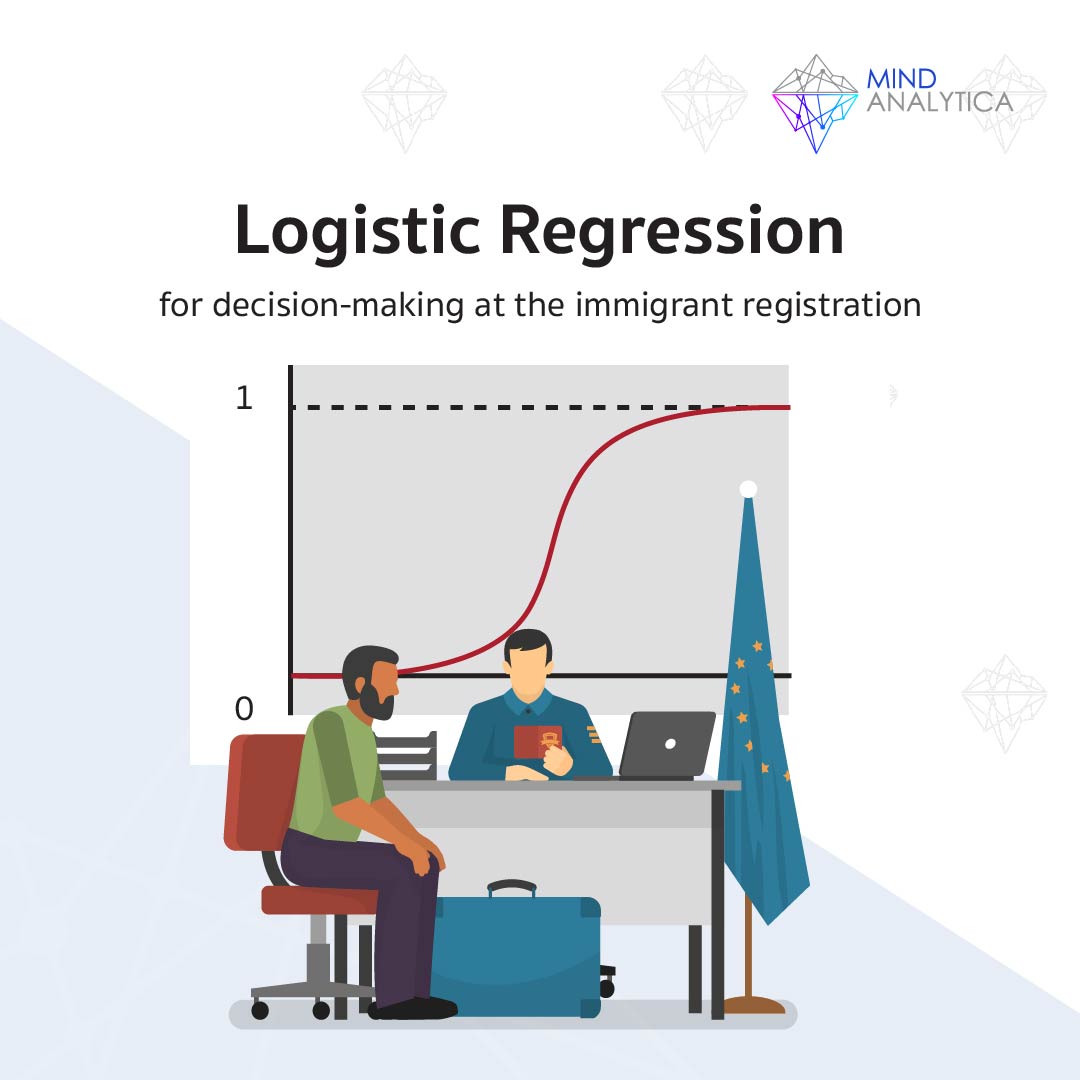Logistic Regression for decision-making at the immigrant registration
8 พฤศจิกายน 2566 - เวลาอ่าน 3 นาที
Over the past 2 to 3 days, there has been a social phenomenon related to the decision-making process regarding the selection of tourists entering a country by immigration officers. This has resulted in some tourists being unable to enter the country, even if they have already traveled to their intended destination.
Immigration officers or border control authorities are responsible for making decisions on whether to permit an individual tourist's entry into the country. This is primarily due to the need to prevent illegal entry and activities that deviate from the intended purposes of visiting the country, such as engaging in unlawful work or transporting illegal substances.
One common issue faced by immigration authorities is making erroneous decisions in various cases, leading to situations where individuals who genuinely intended to visit their destination country are denied entry and sent back to their home country.
To address this problem, it is essential to start by understanding the decision-making process, its patterns, and its consequences more clearly.
| Decisions and Consequences | Acting in Line with the Purpose of Entry | Acting Against the Purpose of Entry and Breaking the Law |
| Permitting Entry | Correct decision (True Positive) | Incorrect decisionby permitting a wrong tourist (False Positive) |
| Denying Entry | Incorrect Decision by denying a right tourist (False Negative) | Correct decision (True Negative) |
With historical entry data collected from the past to the present, such as the number of trips abroad, traveling with family, accompanying children or the elderly, and whether traveling with a tour group, these variables can be used for predicting the likelihood of individuals adhering to the purpose of their entry into the country. This is often done through statistical methods, with Logistic Regression being one of the most popular ones.
After the analysis is complete, it provides numerical results indicating the probability of a traveler adhering to the purpose of their entry. These numbers can be used to set decision thresholds that facilitate the decision-making process.
However, another factor that might complicate decision-making is the influence of the entry policies themselves. For example, if the calculation shows that a traveler has a 40% likelihood of not adhering to their entry purpose, but the destination country has a very strict policy with a decision threshold set at 10%, it could lead to more False Negatives (rejecting travelers who should be allowed).
In another scenario, if the destination country has a lenient policy with a decision threshold set at 90%, this could lead to more False Positives (allowing travelers who shouldn't be allowed).
Therefore, despite the data-driven analysis, entry policies and their specific decision thresholds significantly affect the decision-making process. In cases where policies are biased or too lenient, even the most sophisticated statistical models cannot ensure accurate decisions.



